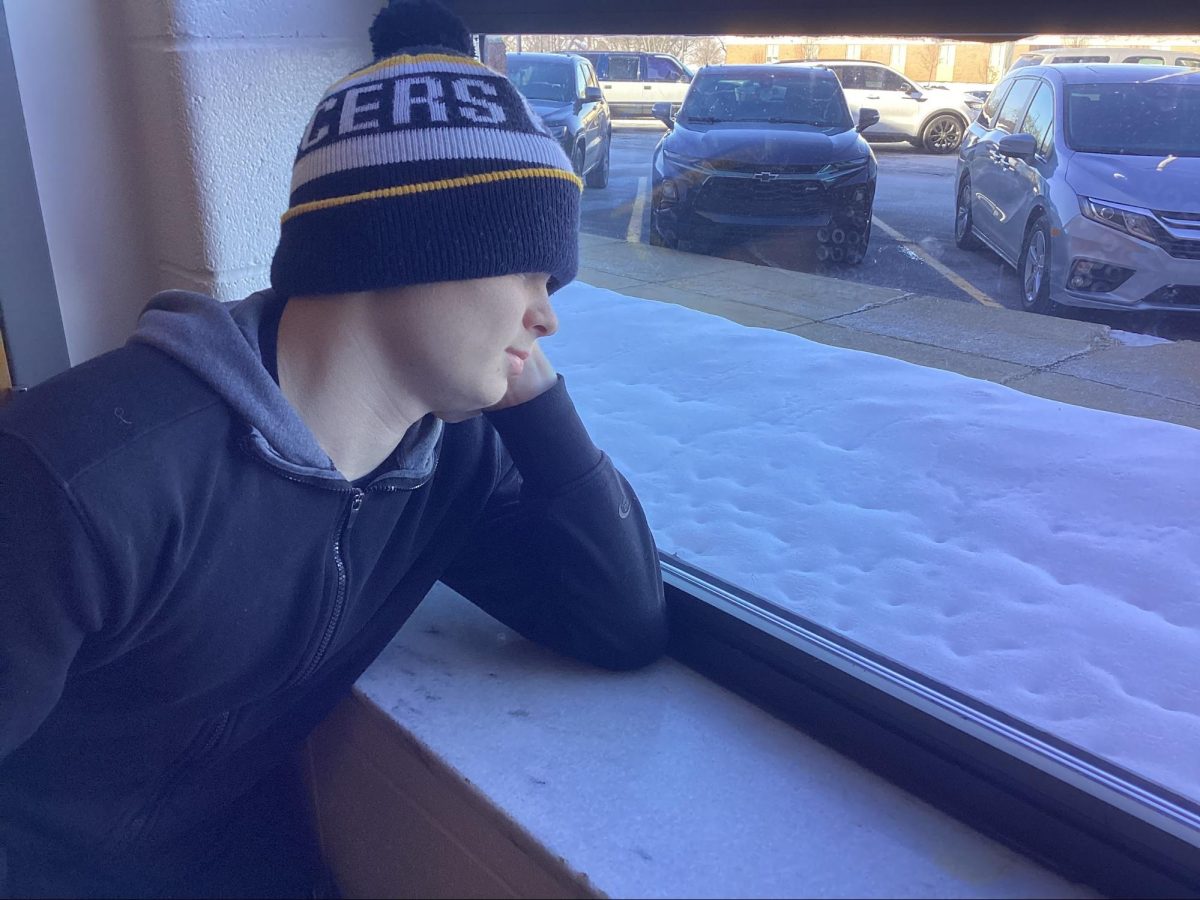Daylight savings time is an interesting topic to say the least. Despite being officially in use as old as 1916 during the First World War, there has been debate since then. While it had a use of saving energy during times of war, times have changed since then, and has more than ever become an outdated practice.
A common argument for daylight saving time is the statistically lower overall crime rates. According to Jennifer L. Doleac and Nicholas J. Sanders’ “Under the Darkness: How Ambient Light Influences Criminal Activity,” crime dropped by 7%, and when spring’s time change comes, it’s a 27% drop, making it safer for everyone else to go on with their afternoon.
However, daylight savings comes with consequences, one of them being physical. Messed up sleep schedules can lead to effects such as increased chances for headaches and even heart attacks. Following the spring time change, a study conducted by the University of Alabama found that the risk of heart attacks had increased by 10%. This could cause students and school staff to potentially lose motivation throughout the school day.
Another reason is that time schedules can also get messed up. As exact times for scheduled events would need to be updated , it can lead to consequences, as it can also be expensive to change the time on clocks for many people. According to the Air Transport Association in 2007, it was found that it cost the entire airline industry an estimated $147 million dollars to change the clock due to some countries not participating in daylight saving time.
Most of the reasons that are in support of daylight savings are mostly irrelevant. Daylight savings can also cause less sleep, according to the American Psychological Association, there tends to be a yearly increase in reported vehicle and workplace accidents. Therefore, it is not only an outdated system, but a potentially dangerous one.
To summarize, the system that is used in about 70 countries, that being daylight savings time, is an outdated practice that is no longer useful. It has proven to be expensive for industries, especially ones that involve much scheduling and time, along with being a consequence for people’s health involving sleep in the long run.








